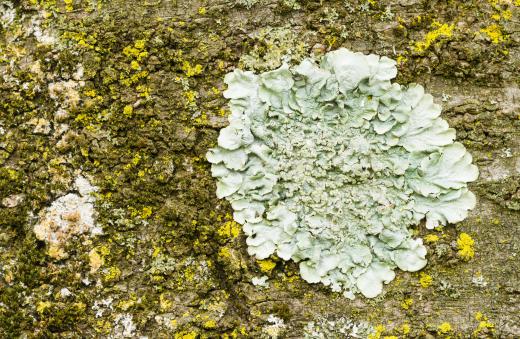What are Disaster Taxa?
 Michael Anissimov
Michael Anissimov
Disaster taxa are groups of organisms that resettle areas destroyed by a natural disaster, such as a volcanic eruption, or survives a major mass extinction. The classic examples are fungi and lichen, which are among the first to colonize disaster areas, and microscopic animals accustomed to living in almost every conceivable ecosystem, such as nematodes. In the case of disaster taxa that survive mass extinctions, they may serve as the basis for a new adaptive radiation and their ancestors will possess features derived from them.
As for larger disaster taxa, one famous example is Lystrosaurus, a distant ancestor of modern animals that was the dominant terrestrial vertebrate for millions of years when it was one of the only survivors of the Permian-Triassic extinction (the most severe in history, occurring 251 million years ago), making up 95% of all land vertebrate fossils. This is thought to be the only time in planetary history that an organism dominated the land to such a degree. Named Lystrosaurus, meaning "shovel lizard," for its shovel-shaped head, the animal had a barrel-shaped chest and was about the size of a pig. While some paleontologists attribute its survival to an ability to breath noxious gases in the atmosphere at the time, others call it dumb luck.

More recently, immediately after the Cretaceous-Tertiary extinction that wiped out the non-avian dinosaurs, small mammals were fortunate enough to be the primary disaster taxa among terrestrial vertebrates. As almost all the dinosaurs were wiped out, this left numerous empty niches for the mammals to exploit, which they continue to thrive in today. Before, most mammals were small and uniform, resembling small shrews, but afterwards, they rapidly diversified and today range in size from a couple inches (mice) to 110 feet (blue whale).

As for disaster taxa that populate areas destroyed by natural disasters, the most common today include coconut plants, the aforementined fungi and lichen, mosses, and small arthropods. Most animals require a complex and foliage-rich ecosystem already in place for them to thrive.
AS FEATURED ON:
AS FEATURED ON:













Discussion Comments
The mass extenction event caused by the oxygen crisis was the most severe extinction event.
Lystrosaurus were not ancestors of modern animals at all, not even distant.
That lineage died out leaving no descendants. They were no the ancestors of anything alive today.
They were distant *relatives*, but not ancestors.
All dicynodonts went extinct, but their relatives, the cynodonts, did not.
The cynodonts did leave descendants, and some were our ancestors.
Post your comments